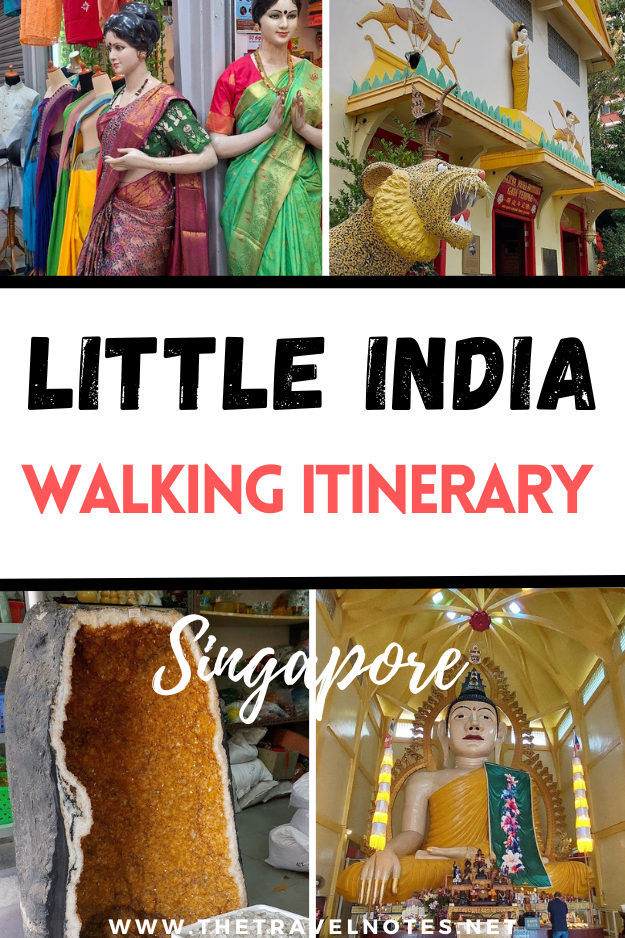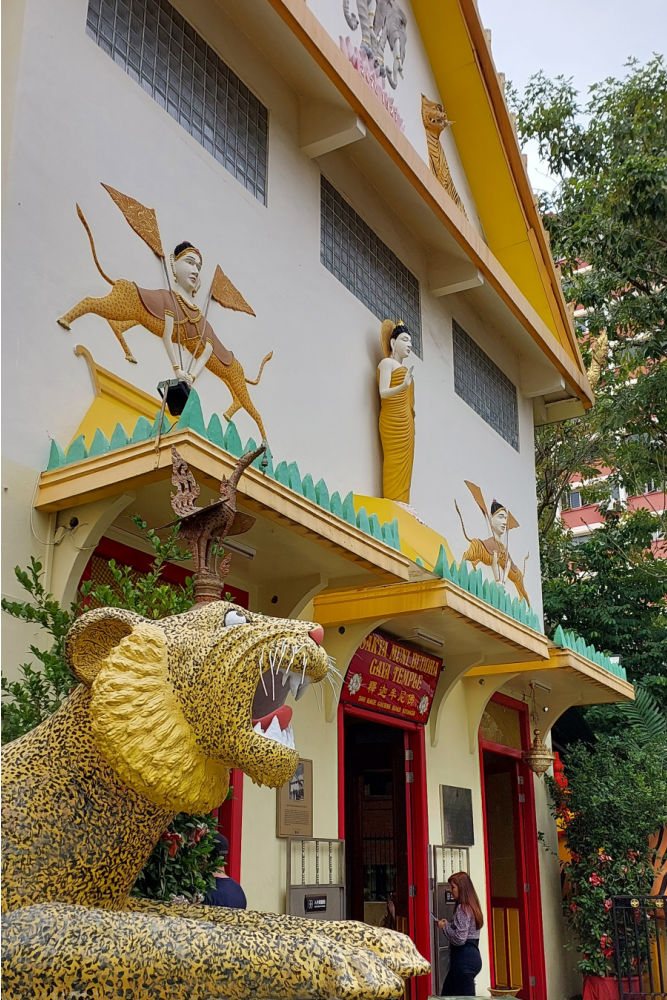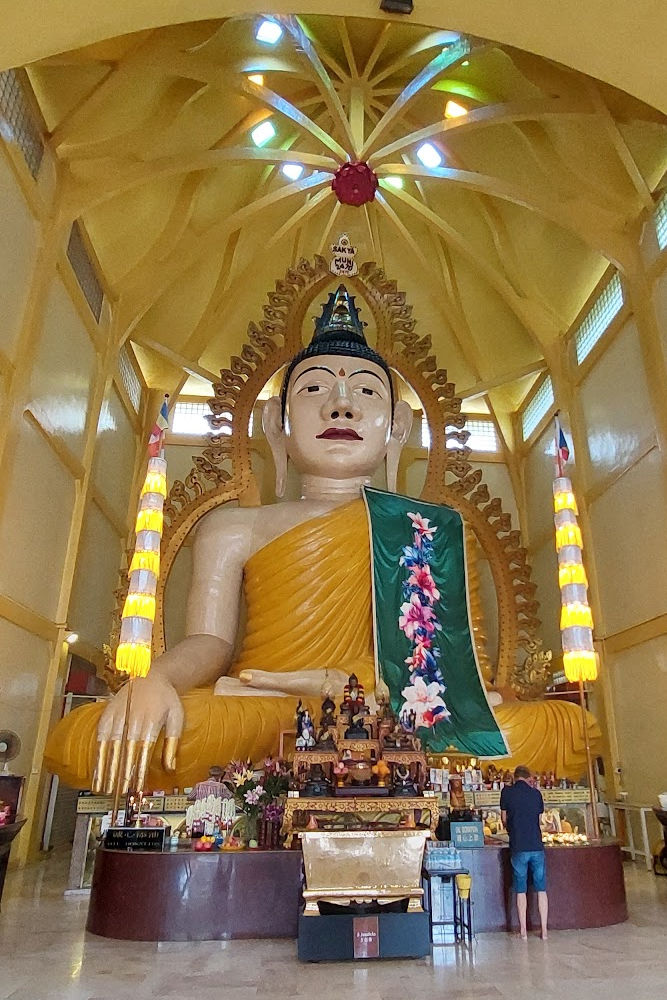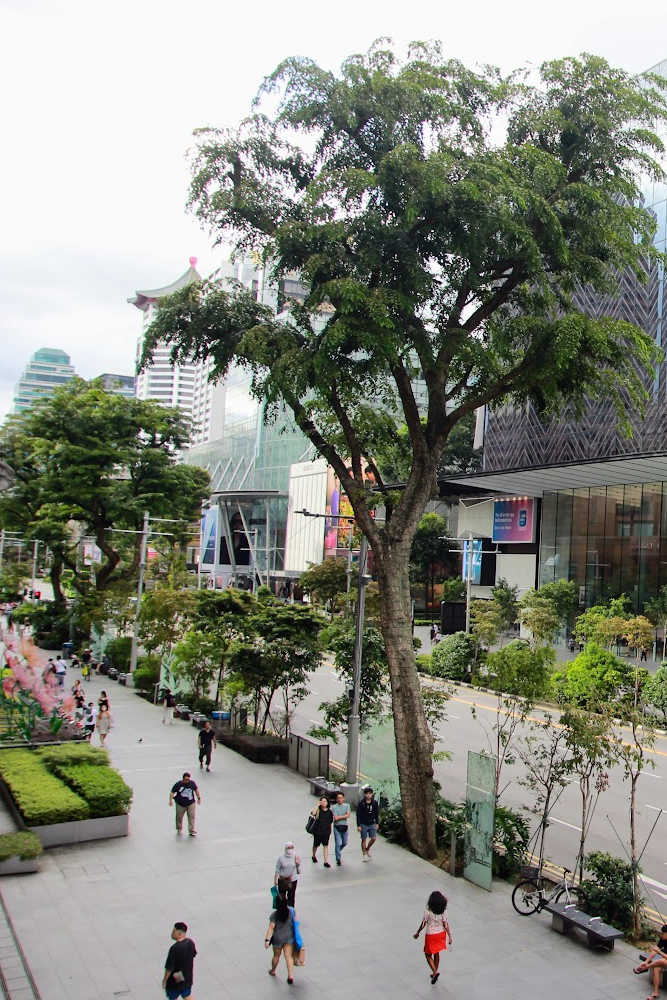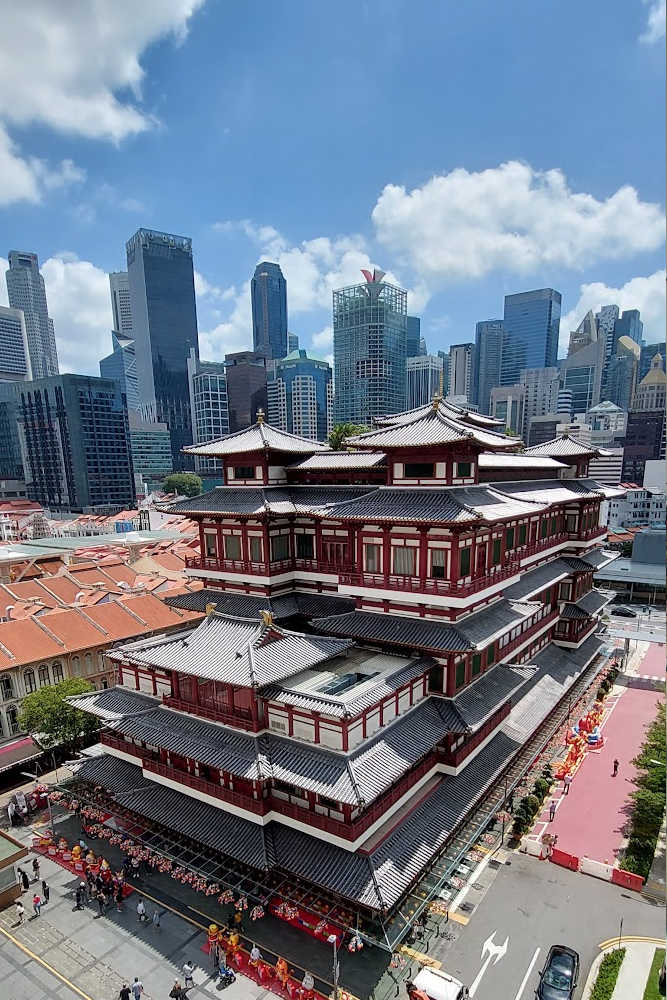This article shows you: Little India Singapore Walking Map & Itinerary – Temples, Food & Markets

Little India Singapore is one of the city’s most colorful and culturally rich neighborhoods. It’s a must-visit stop that feels completely different from places like Chinatown or Orchard Road.
As you walk through the vibrant streets of Little India, you’ll step into a world of history, tradition, and Indian culture — especially during religious festivals, when the colors, sounds, and smells bring the whole area to life.
Here’s a flexible Little India walking itinerary to help you explore this vibrant neighborhood on foot. This route is beautiful because it easily adapts to your pace and interests.
Whether you’re drawn to colorful temples, traditional Indian shops, or the rich heritage of the Indian community in Singapore, this itinerary lets you customize your experience and discover the best things to do in Little India Singapore — your way.
Little India Singapore: Walking Itinerary, Market, Food & Shops Guide
About Little India
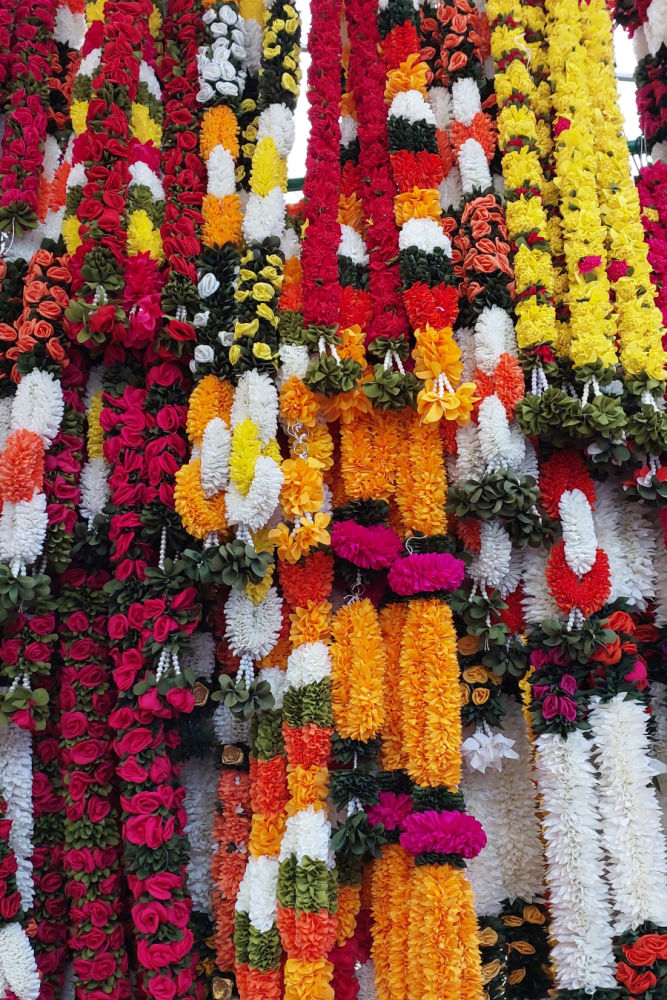
The history of Little India Singapore dates back to the 19th century, when Indian immigrants began settling in the area. Many worked as laborers, traders, and cattle herders, forming the roots of what would become one of the city’s most vibrant districts.
Serangoon Road, the main artery of Little India, grew in importance due to its role in cattle trading and brick-making, which were essential industries at the time.
Over the years, the neighborhood transformed into a bustling hub filled with markets, gold jewelry shops, colorful temples, and authentic Indian eateries that still define its charm today.
This walk starts at Little India MRT Station and ends at Ferrer Park MRT Station. This walk is almost 6 km long. It takes an average of 3 hours to complete, including visiting the Heritage Center and entering the temples; we also stopped for 15 minutes to grab a bite. Plan your Little India walk using the interactive map above. Click on details to download the map and use it in Google MyMaps (not to be confused with Google Maps) or apps such as Outdoors Active or Maps Me.How to get there?
About this itinerary
Little India Walking Route Map (Interactive)
1. Tekka Market: A Colorful Start to Your Walk
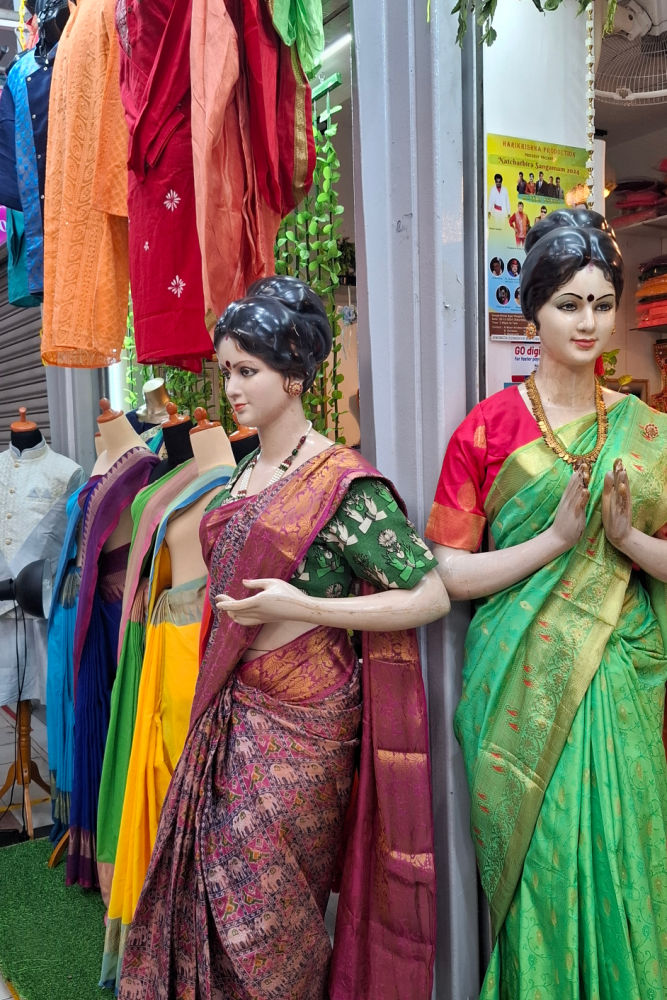
Our first stop in this Little India walking itinerary is the lively Tekka Market, one of the area’s most iconic places.
Upstairs, you’ll find shops selling traditional Indian clothes — from vibrant saris to embroidered Punjabi suits. I loved wandering through the aisles, admiring the rich fabrics, bold patterns, and brilliant colors.
In the basement, you’ll discover a massive wet market packed with fresh meat, seafood, and exotic fruits and vegetables. This sensory experience reflects the multicultural spirit of Little India, Singapore.
2. Tan Teng Niah House: The Most Colorful House in Singapore
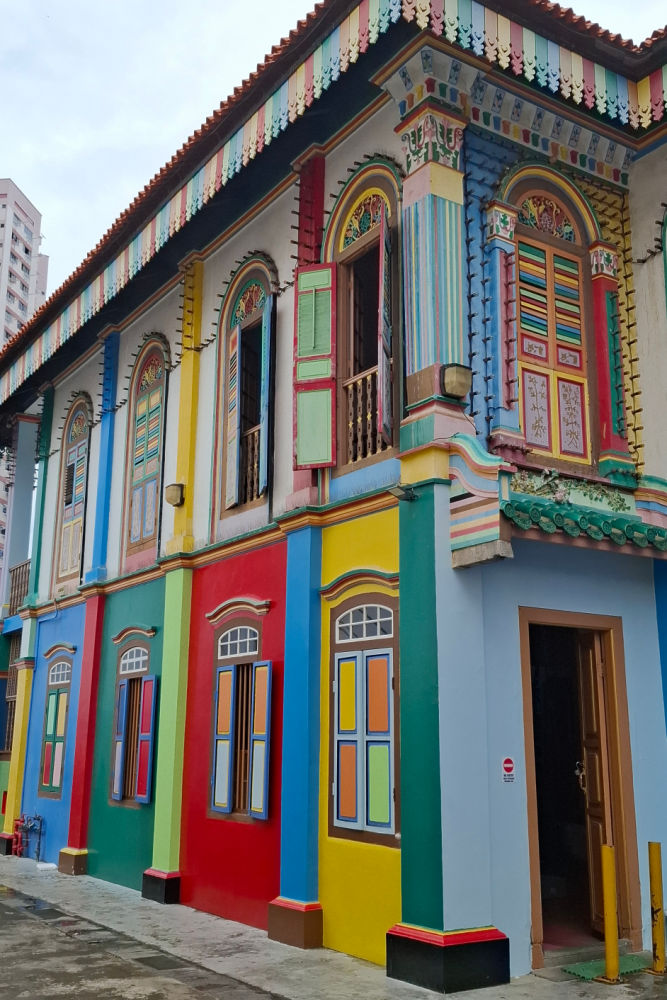
You’ve probably seen photos of the Tan Teng Niah House — that brightly colored villa often featured in travel blogs and Instagram posts about Little India, Singapore.
Built around 1900, this vibrant home belonged to Tan Teng Niah, a successful Chinese businessman who ran several nearby sweet-making factories. It’s not just photogenic—it’s also historically significant.
Today, it is the last remaining Chinese villa in Little India, blending Chinese architectural details with the bold colors that now define the neighborhood’s identity.
Continue your city adventure with this Chinatown Singapore Self-Guided Walking Tour, filled with heritage spots and temples.
3. Indian Heritage Centre: The Heart of Indian History in Singapore
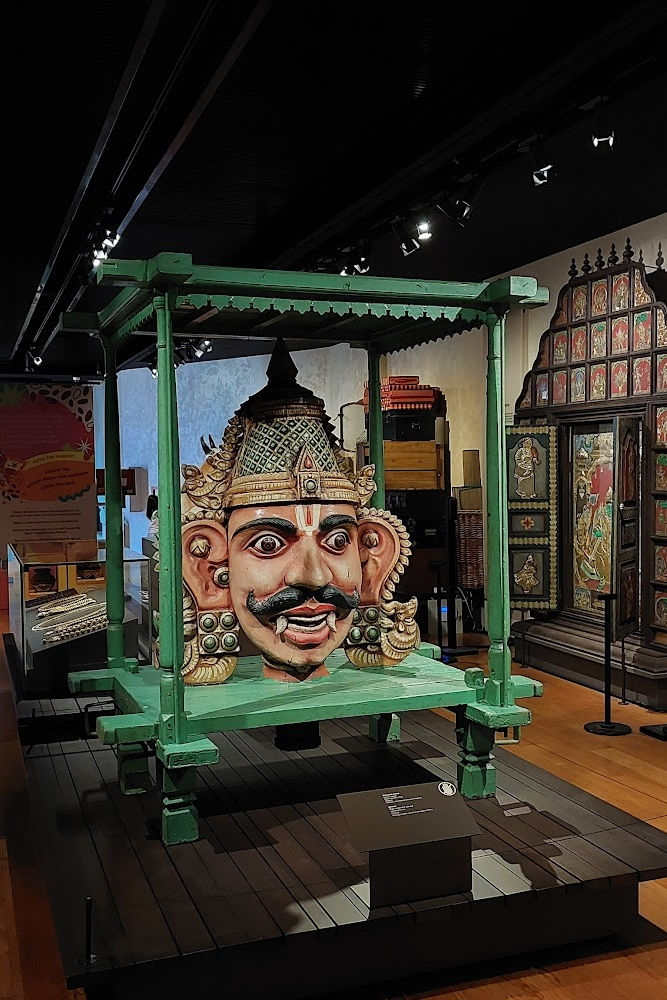
The Indian Heritage Centre was the highlight of my visit to Little India, Singapore. I loved learning about the journey of the first Indian immigrants to Singapore, and how they helped shape the city’s identity.
The museum is modern and beautifully designed. It has multiple floors featuring sculptures, artifacts, historical vestiges, and immersive multimedia exhibits. Each level tells a different part of the story, making the experience educational and engaging.
The Centre also hosts regular cultural events and workshops. I visited during Deepavali, and enjoyed activities like fortune telling, Henna hand painting, and traditional performances.
Entrance is free, making it a perfect stop to explore the history and culture of Indian Singaporeans.
4. Sri Srinivasa Perumal Temple: A Spiritual Icon of Little India
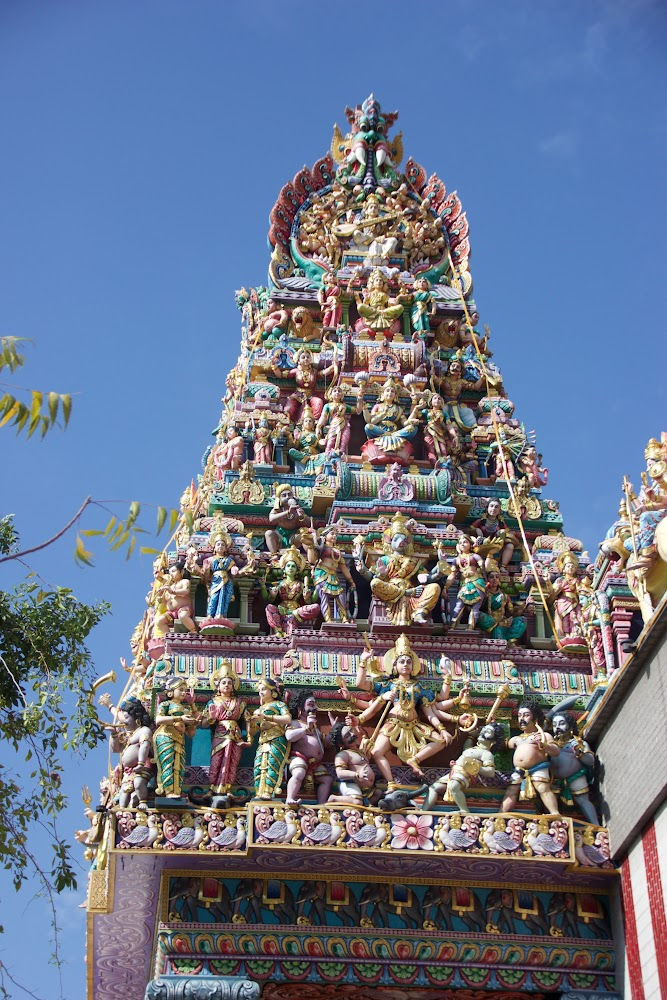
One of the most striking landmarks in Little India, Singapore, is the Sri Srinivasa Perumal Temple. I always enjoy visiting it for its peaceful atmosphere and intricate design.
Like many Indian temples in Singapore, this one is full of vibrant color. The entrance tower, or Gopuram, is beautifully decorated with Hindu gods, floral patterns, and mythical birds — a true visual spectacle.
Remember to remove your shoes if you go inside as a sign of respect. Whether spiritual or curious, this temple offers a meaningful stop in your Little India walking itinerary.
5. Serangoon Road: The Pulse of Little India
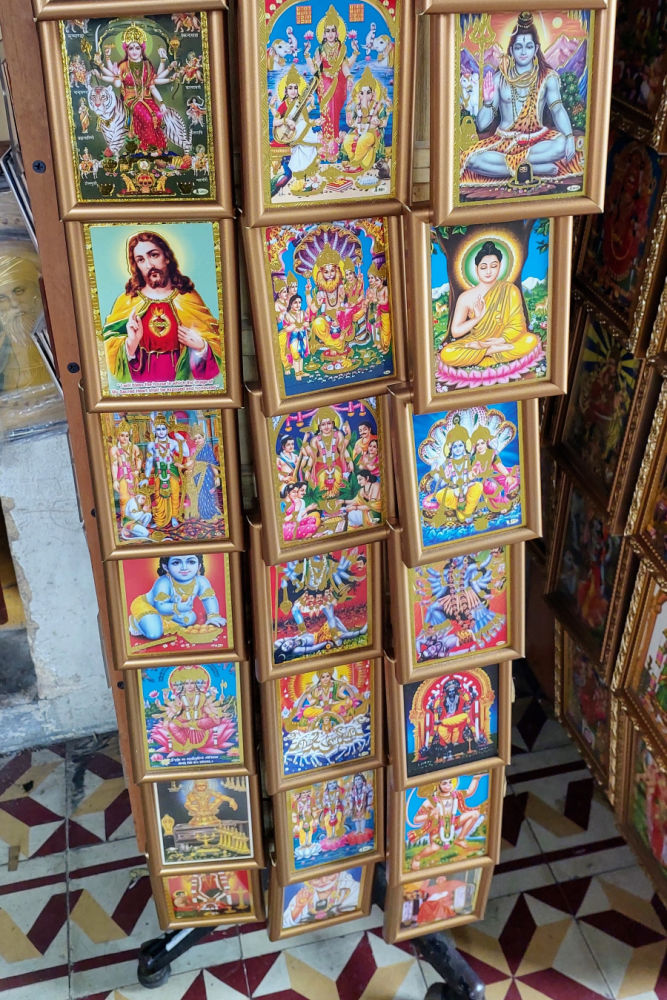
Serangoon Road is the beating heart of Little India, Singapore. Walking along this lively street, you’ll feel the energy — the bustling crowds, the honking traffic, and the scent of incense and spices.
Countless shops sell flower garlands, especially marigold necklaces used in religious offerings. The mix caught my eye — some stalls also sold Christian icons and statues, showing the area’s unique religious blend.
Take your time to explore. The shops can get crowded, especially on Sundays or during festivals, but that’s part of the experience. This is Little India at its most alive.
6. Mustafa Centre: 24-Hour Shopping in Little India
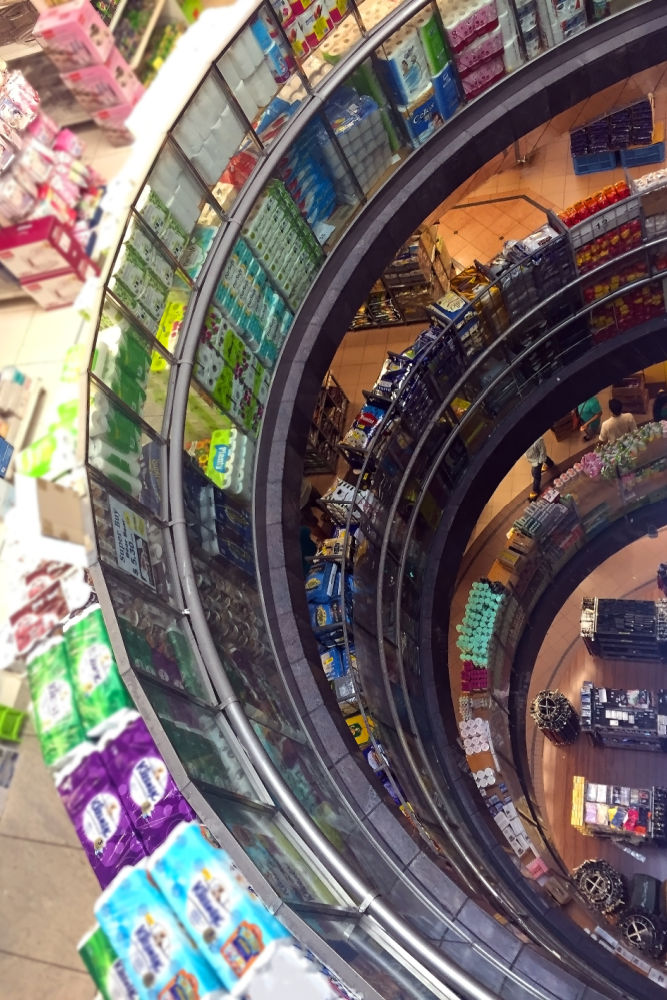
No visit to Little India Singapore is complete without a stop at the legendary Mustafa Centre — a massive, 24-hour shopping complex where you can find almost everything you need.
Even if you’re not planning to buy anything, it’s worth visiting to explore the maze-like layout. The spices and dried food sections are impressive, with shelves stacked high with ingredients from across Asia.
Do you need furniture, electronics, or even construction tools? You’ll find those, too! Mustafa is chaotic, crowded, and sometimes overwhelming, but that’s part of what makes it a true Little India experience.
Explore another side of Singapore with my East Coast and Geylang Walk, a hidden gem for culture and food lovers.
7. Petain Road Shophouses: A Hidden Architectural Gem
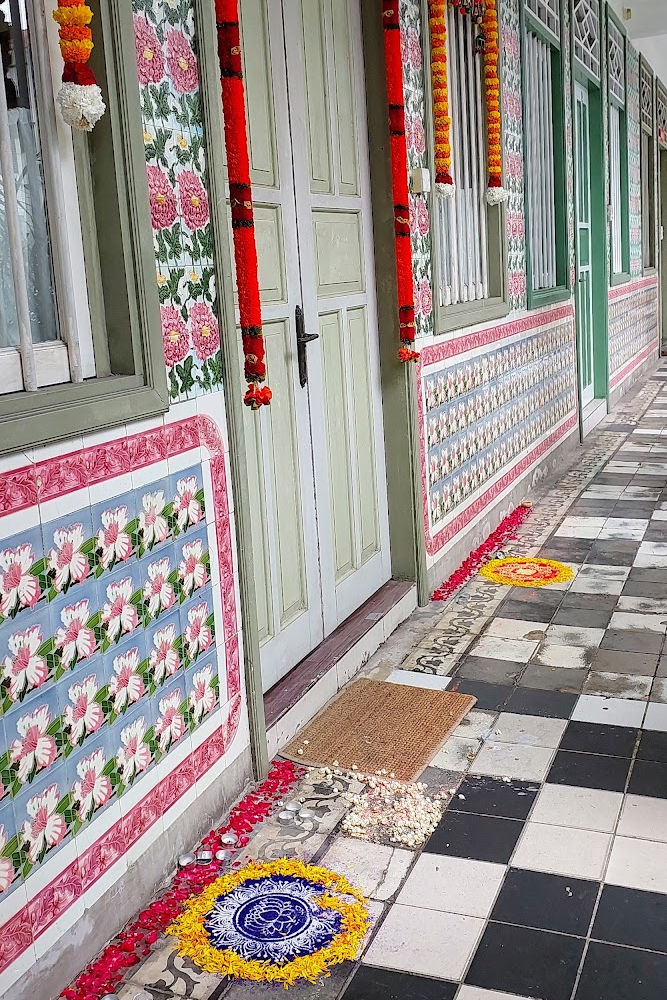
Leaving behind the busy Serangoon Road, the atmosphere shifts as you arrive at the elegant Petain Road Shophouses — a quiet row of beautifully preserved heritage buildings.
This area feels almost romantic, with its pastel façades and detailed architectural motifs. When we visited, the corridor floors were decorated with flower patterns, likely part of the Deepavali celebrations, adding even more charm to the walk.
I hoped to find a cozy café tucked into one of the shophouses, but most have been converted into offices and private businesses. Still, it’s a peaceful and picturesque stop worth your time.
8. Sakya Muni Buddha Gaya Temple: The Tiger Balm Temple
After exploring the Petain Road Shophouses, we stopped by a truly unique place — the Sakya Muni Buddha Gaya Temple, often called the Tiger Balm Temple.
From the outside, the tiger sculptures reminded me of Haw Par Villa, and for good reason. Inside, I learned that the temple was founded in 1930 with donations from Aw Boon Haw and Aw Boon Par, the brothers behind the famous Tiger Balm ointment and creators of Haw Par Villa.
In Chinese culture, tigers symbolize strength and protection, and their presence here adds a powerful touch to this Buddhist temple in Little India. It’s an unexpected but fascinating stop on the itinerary — a blend of Buddhism, philanthropy, and local lore.
9. Leong San See Temple: A Peaceful Buddhist Sanctuary
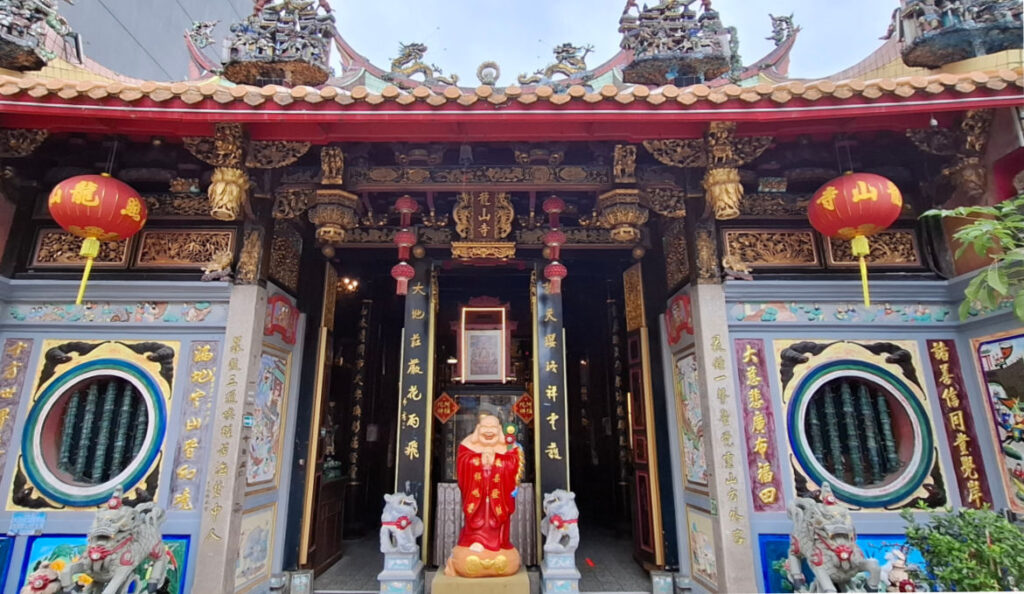
Built in 1917, the Leong San See Temple is a hidden gem steps away from the main roads of Little India, Singapore. It’s much bigger than it looks; stepping inside feels like entering a peaceful, sacred space.
The gold and red decorations are incredibly detailed. Take your time to admire the intricate carvings, and don’t miss the chance to read about the temple’s rich history.
As I wandered through the second hall, I spotted a Chow Chow puppy resting in a cage, adding a surprising and sweet touch to the serene setting. It’s a quiet, respectful stop to reflect before wrapping up your Little India walking itinerary.
If shopping’s on your list, don’t miss 20 Must-See Places on Orchard Road for food, fashion, and hidden finds.
10. Crystals and Natural Stones: A Hidden Gem Near Race Course Road
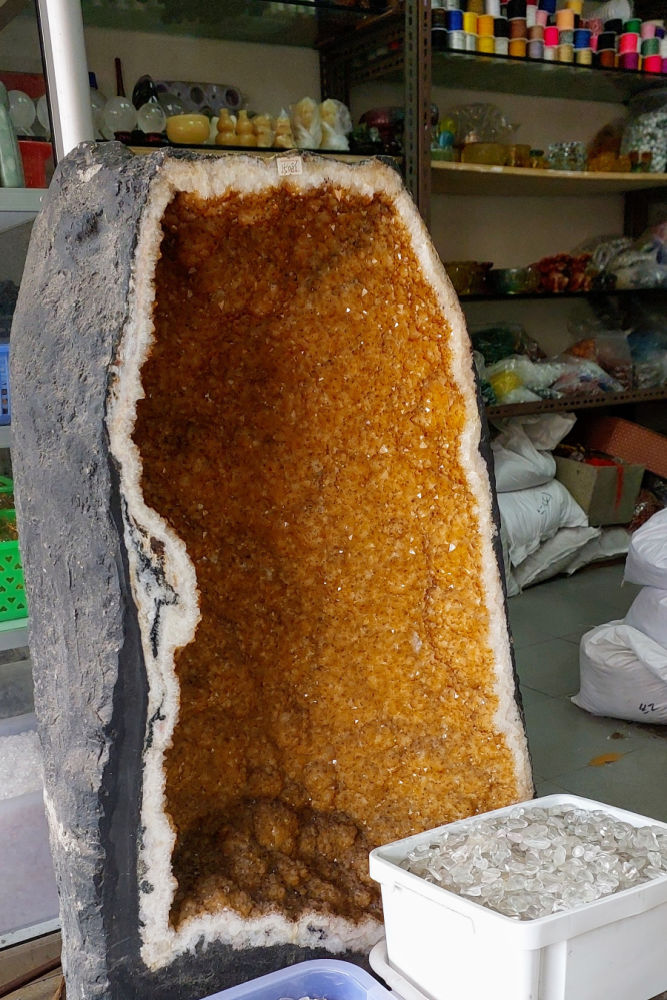
As we headed toward the metro station along Race Course Road, we stumbled upon something unexpected — a street full of shops selling crystals, gems, and natural stones.
If you’re into jewelry making, spiritual items, or simply looking for beautiful decorative stones, this is the place to be in Little India, Singapore. Some of the rocks were truly impressive in size and variety.
I highly recommend this stop for anyone interested in unique souvenirs or DIY materials. It’s a lesser-known highlight that adds a sparkly twist to your Little India walking itinerary.
11. End of the Walk: Farrer Park MRT Station
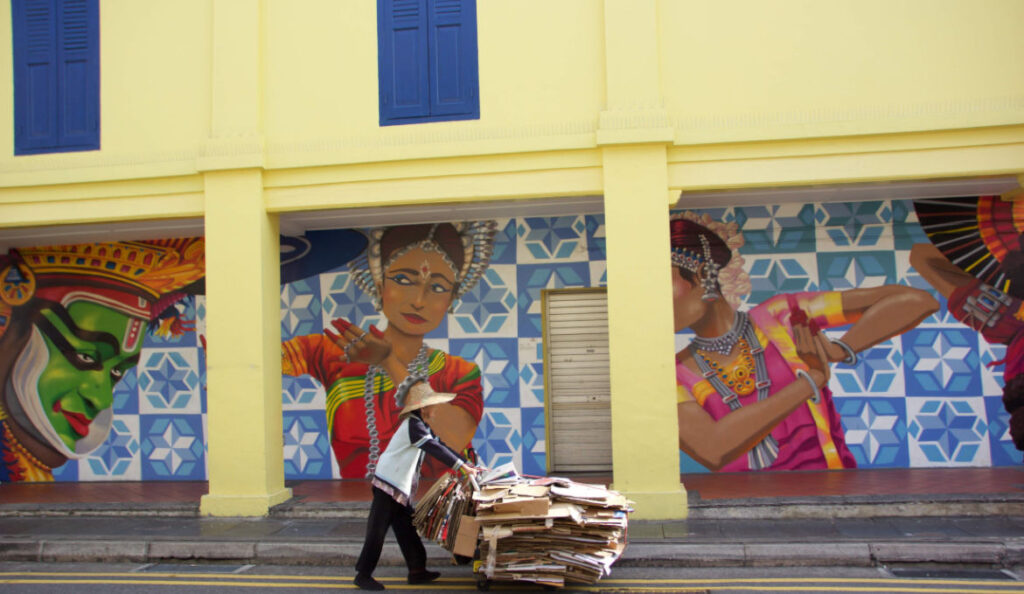
Your Little India walking itinerary wraps up at Farrer Park MRT Station — a convenient exit point connecting you to other exciting areas of Singapore.
From here, it’s easy to continue your journey on foot. Why not explore more with our other walking guides?
Check out the Orchard Road itinerary for shopping and architecture, or dive into culture with the Chinatown walking guide.
Final thoughts
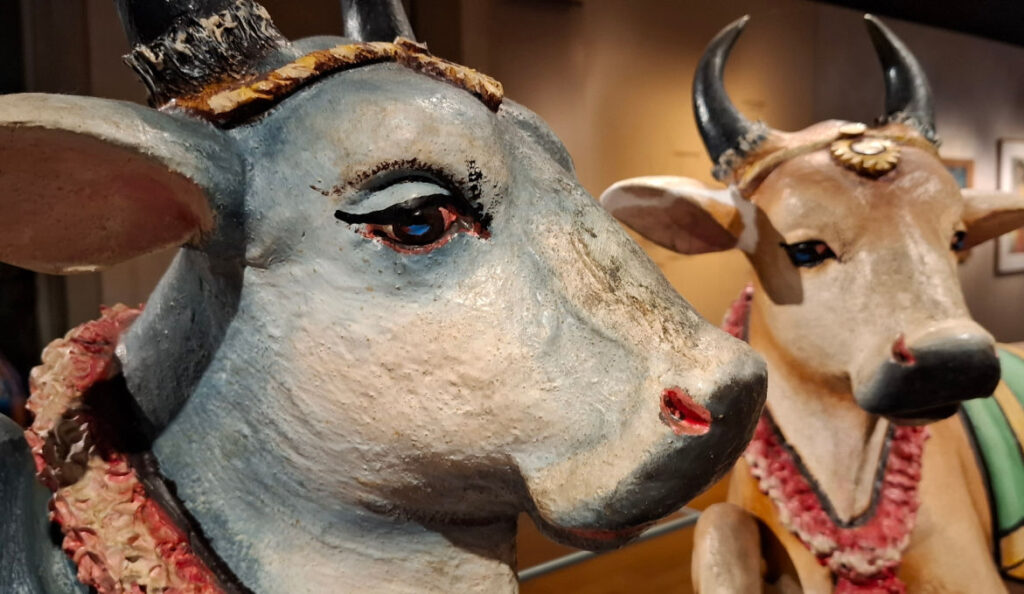
This was an exciting and diverse walking itinerary, and I truly enjoyed discovering the many layers of Little India Singapore.
It’s a place where history, rituals, and heritage blend beautifully with modern Indian culture and daily life. Every street, temple, and market reflects the vibrant energy of a community that continues to evolve while staying connected to its roots.
If you want to experience a different side of Singapore, this walk through Little India is full of color, tradition, and surprises — a must for curious travelers.
Attractions nearby
After completing this Little India walking itinerary, you don’t have to stop exploring — there’s still more of Singapore just a few MRT stops away.
Chinatown Singapore
Hop on the MRT from Farrer Park Station and head to Chinatown. This vibrant district is full of heritage buildings, temples, food markets, and colorful shophouses—a perfect contrast to Little India!
Orchard Road
If you’re in the mood for shopping, take a quick ride to Orchard Road — Singapore’s most famous shopping street, packed with luxury malls, street fashion, and local brands.
Both areas offer rich experiences that complement what you’ve just explored in Little India—culture, color, and character.
Frequently Asked Questions
The walking route is approximately 6 km long and takes around 3 hours, including temple visits, market stops, and time for snacks or photos.
The route starts at Little India MRT Station and ends at Farrer Park MRT Station, making it an easy and convenient loop for travelers.
Not at all! This self-guided itinerary includes an interactive walking map that you can follow directly from your phone. It’s perfect for independent travelers who enjoy flexibility.
You’ll explore Tekka Market, colorful shophouses, Hindu temples like Sri Srinivasa Perumal, the Indian Heritage Centre, and unique photo spots like Tan Teng Niah House.
Yes! The route is flat and urban, with plenty of rest spots and food options. Great for kids, older adults, or anyone looking for a leisurely cultural stroll.
Mornings or late afternoons are ideal to avoid the midday heat. For extra color and energy, visit during Deepavali or Pongal festivals — the streets are decorated and buzzing with activity!
Discover More Self-Guided Walks in Singapore
Chinatown Singapore Self-Guided Walking Tour with Map
Geylang & Joo Chiat – Heritage, Food & Local Life
Colonial District – Walk Through Singapore’s Past
Orchard Road – Hidden Corners & Culture
Don’t forget to save this itinerary or share it with a fellow traveler!
This article shows you: Little India Singapore Walking Map & Itinerary – Temples, Food & Markets
Pin this post
